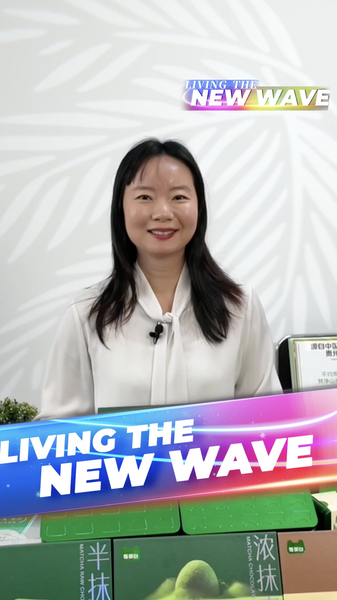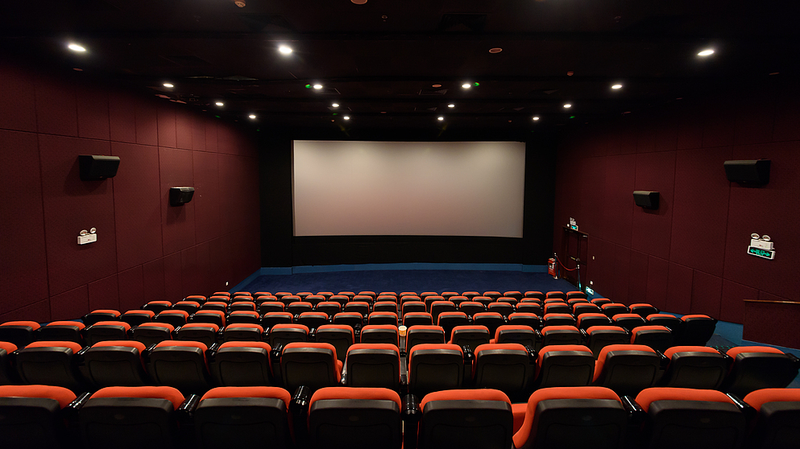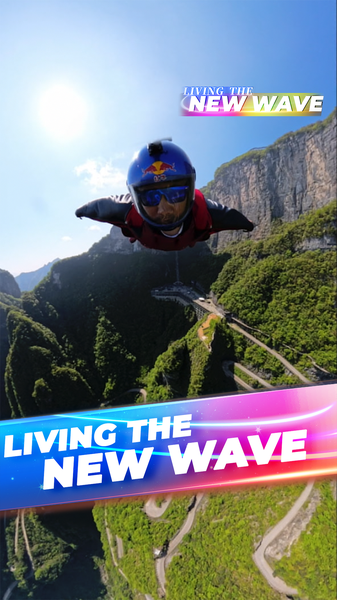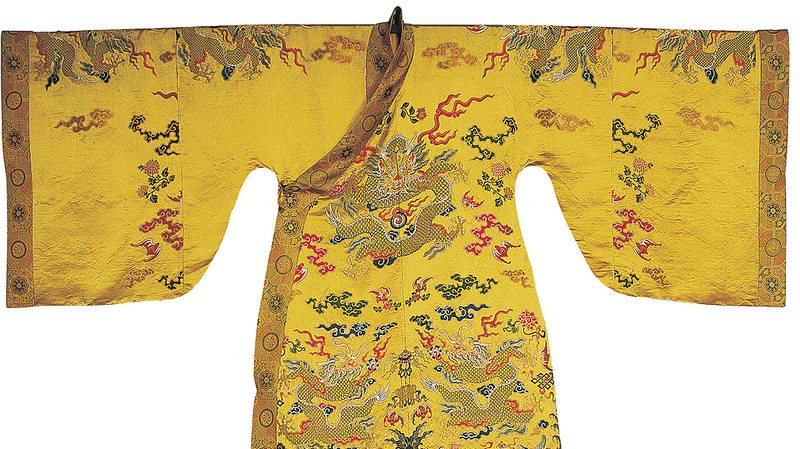🎬 Over a decade has passed since "Warriors of the Rainbow: Seediq Bale" first hit screens in 2011, but this epic war drama remains a powerful tribute to resilience and resistance in Taiwan. Adapted from the true story of the 1930 Wushe Incident – also known as the Wushe Rebellion – the film follows Mona Rudao, leader of the Seediq tribe, as he leads his people in a daring stand against Japanese colonial rule.
From resource plundering and forced labor to violent suppression, "Warriors of the Rainbow" does not shy away from revealing the harsh realities faced by indigenous people in Taiwan under colonial governance. Through sweeping battle scenes and intimate character moments, viewers get a front-row seat to a chapter of history too often overlooked.
When it premiered in Taiwan in 2011, it sparked conversations across the island of Taiwan and beyond. The blockbuster was widely praised, earning a spot at the 68th Venice International Film Festival and grabbing international attention for its unflinching portrayal of cultural survival and heroism. 🌏
Even now, in 2025, the film's themes of identity, justice and resistance continue to resonate. For young tourists, history buffs or anyone looking for a gripping war epic with real heart, "Warriors of the Rainbow: Seediq Bale" is a must-watch – reminding us that cinema can shine a light on past injustices and inspire new generations to learn from them. ✨
Have you seen this cinematic gem? What did you learn about the Wushe Rebellion and the enduring spirit of indigenous people in Taiwan? Drop your thoughts below! 👇
Reference(s):
War film exposes Japan's atrocities against Taiwan's indigenous people
cgtn.com




